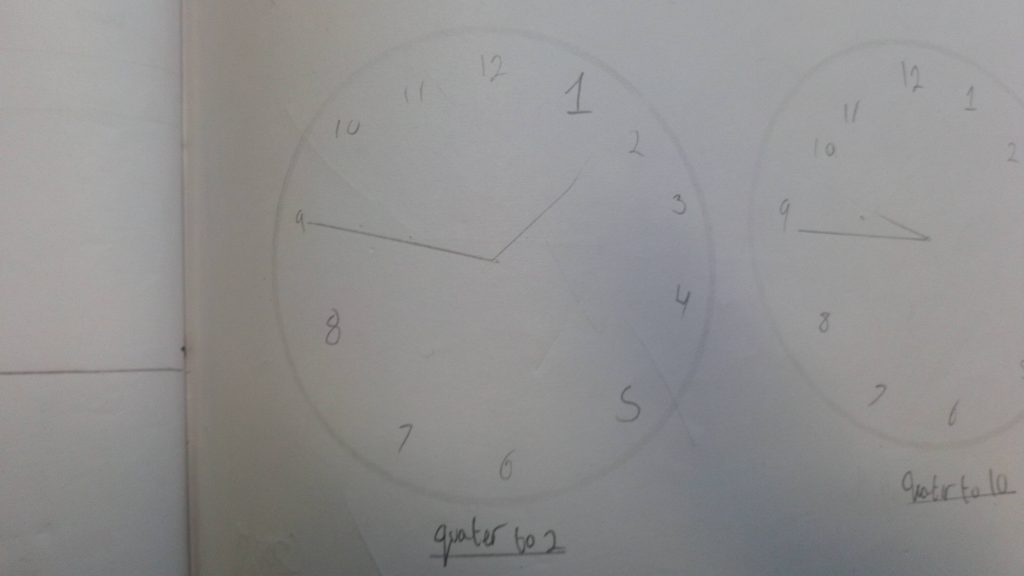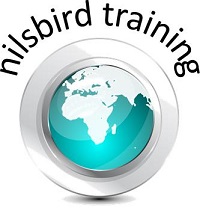Today I’m writing my part 1 to the posts about telling the time. In my last post I introduced what I did in the Primary school and mentioned that “… putting numbers on a clock (the first challenge for the students) is harder than you might think and that’s what I’ll begin with next time!” So, more on this now!
As I started to work with the primary students I began to see the difficulties some of them had with placing numbers in the correct place round an analogue clock. (It wasn’t so much the order that the numbers had to be placed in; it was more the correct spacing between the numbers):


To enable students to have a chance of any accuracy with their clock layouts, I said, “Place the 12 and 6, 9 and 3 first; then put the other numbers in between.” This did help and some of the students took the idea on board as they created their clocks over a period of time.
Now, in doing a bit of a searching on the internet about the difficulties of drawing analogue clocks, I have discovered that, apparently, there is a drawing-clock test that is used to check for things like dementia. One article talks about clock-drawing errors, including what I have mentioned: https://neuro.psychiatryonline.org/doi/full/10.1176/appi.neuropsych.12070180
Maybe my next post (part 2) will be a little more about this drawing-clock test. We’ll see!
Don’t forget, via supportforteachers.com, you can find out all about the online teacher training conference, Educating the 21st Century Student. I have some great live speakers lined up: Alison Borthwick (alisonborthwick.co.uk), Dr Alan Cross, Dr Tony Birch (bircheducation.co.uk), Sioban Parker, Stephen Atyeo and myself. Speakers who will provide pre-recorded workshops: Ann Starks, Joseph Hubbard (creationresearchuk.com) and Sheba Moyo.
Thanks for now and see you next time.
David
nilsbird training
PS As always, you can always contact me using the details in the side bar.
